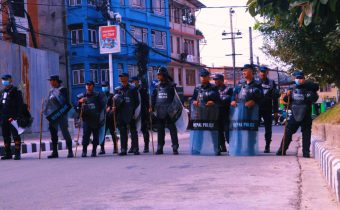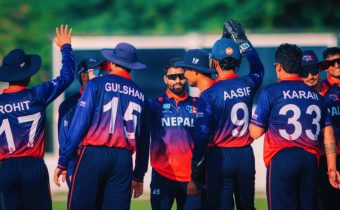Kathmandu – The acronym “TOB” has recently gained attention in Nepal, especially after journalist Diwakar Sah mentioned it in his reporting. While there is no official or widely accepted definition of TOB, some social media interpretations suggest it stands for “Tibet Organisation Brother” or “Tibet Organisation Bikers Or “Tibetan Orginal Blood.” These interpretations are speculative and not backed by verified sources.
The narrative circulating online claims that TOB is a covert network allegedly created by Western powers—particularly the United States—to counter China’s growing influence in South Asia. It’s being portrayed as a strategic tool that exploits local movements like the “Jenjiko Andolan” to incite unrest, including attacks on government infrastructure such as Singha Durbar. Some posts even allege that individuals involved in these acts are connected through bullet bike groups, implying a youth-led underground network.
However, this framing raises serious concerns:
Lack of verified evidence: There is no credible documentation or investigative reporting confirming the existence of TOB as an organized entity with such geopolitical motives.
Conspiracy framing: The idea that TOB is a U.S.-backed anti-China plot reflects a broader trend of attributing domestic unrest to foreign interference, which can oversimplify complex socio-political dynamics.
Risk of misinformation: Labeling protestors or youth groups as “traitors” or foreign agents without due process can undermine civil liberties and escalate tensions.
Journalist Diwakar Sah’s role in highlighting TOB seems to be part of a broader investigation into irregularities and unrest, but his reporting has also faced backlash—including physical assault during fieldwork. This suggests that the topic is politically sensitive and emotionally charged.
In summary, while TOB is trending and stirring debate, it’s important to approach such claims with critical thinking and demand credible evidence before drawing conclusions. If you’re interested, I can help analyze how such narratives spread or explore the historical context of foreign influence claims in Nepal.














